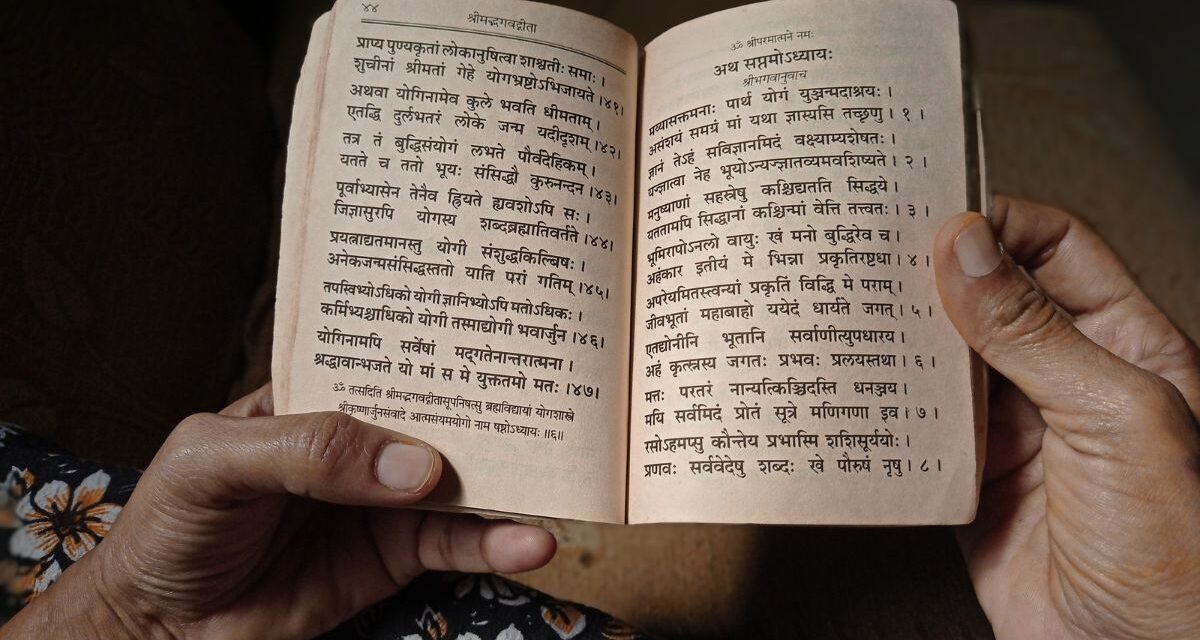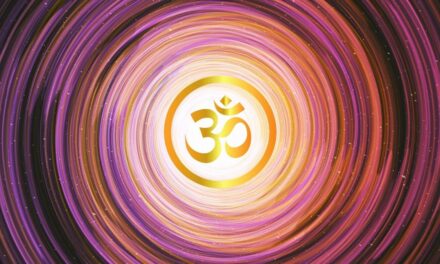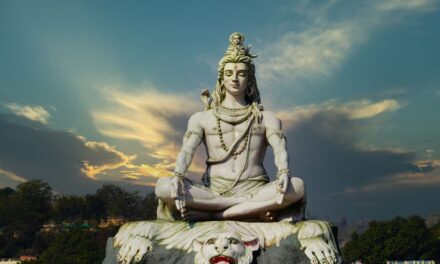India is a land of diversity, and this diversity extends to the realm of language as well.
With over 1.4 billion people, India boasts of over 19,500 languages or dialects, making it one of the most linguistically diverse countries in the world.
While Hindi and English are often considered as the official languages, there are several other languages spoken widely across the country, including Tamil, Bengali, Telugu, Marathi, and Punjabi.
Each language has its unique history, culture, and significance, making India a fascinating melting pot of linguistic diversity.
Let’s dive deeper into the world of languages in India and explore the richness and diversity it offers.
The Oldest Language in India
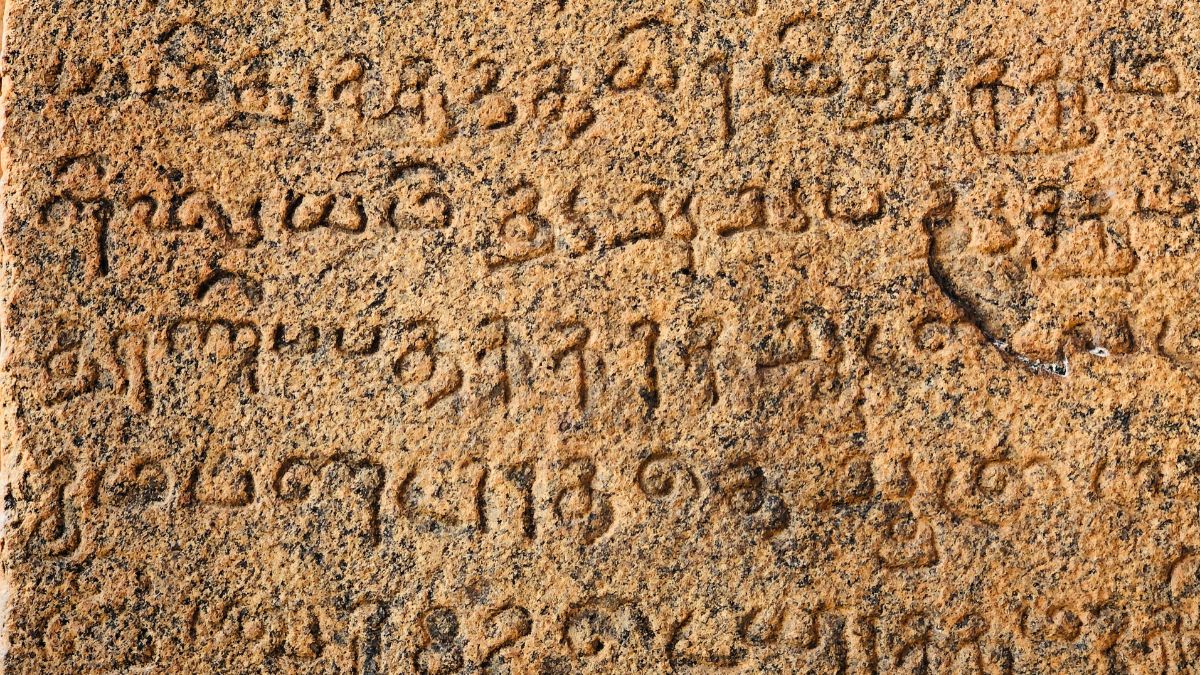
The two oldest languages in India are Sanskrit and Tamil.
Sanskrit is estimated to be about 7000 years old while Tamil is estimated to be around 5000 years old.
While a majority of India’s scriptures, Vedas and mythologies are written in Sanskrit, it is not widely spoken anymore.
On the other hand, Tamil is one of the most widely spoken languages in Southern India, especially in the state of Tamil Nadu.
Note on Sanskrit – The first language of India
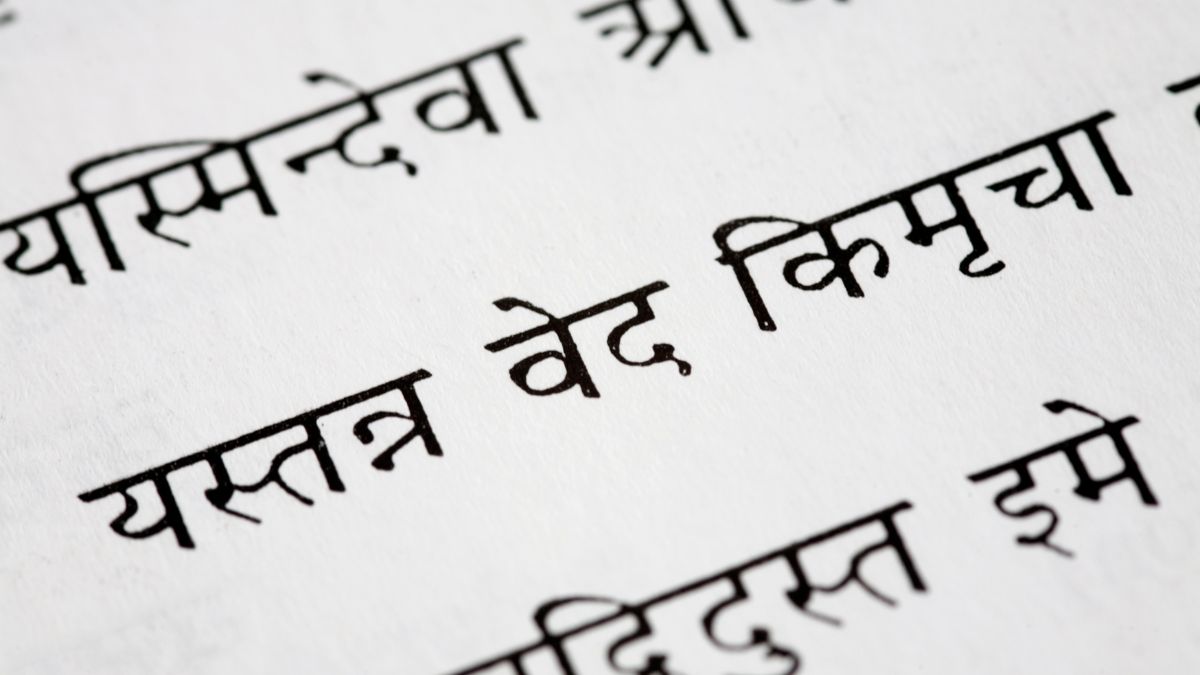
Sanskrit is one of the most ancient languages in the world that originated in India about 7000 years ago.
It is widely regarded as the mother of all languages and has played a significant role in shaping the cultures and traditions of India plus other locations of the Indian subcontinent.
Sanskrit is a highly structured and logical language, with a vast vocabulary and complex grammar.
Its literature includes a wide range of texts, including the Vedas, Upanishads, and the epics of Ramayana and Mahabharata.
Despite its ancient roots, Sanskrit remains relevant today, with many scholars and enthusiasts continuing to study and promote its use.
In recent years, there has been a renewed interest in Sanskrit, and efforts are underway to revive the language and make it more accessible to a wider audience.
With its ancient roots and rich history, here are a few fascinating facts about this remarkable language:
1) Sanskrit is considered to be the mother of all modern Indian languages, including Hindi, Bengali, Punjabi, and Gujarati, among others. It is also the liturgical language of Hinduism, Buddhism, and Jainism.
2) The word “Sanskrit” itself means “refined,” “perfected,” or “polished.” It is believed that the language was so highly regarded because of its ability to express complex philosophical and spiritual concepts with great precision.
3) Sanskrit is a highly inflected language, meaning that words change their form to indicate their grammatical function in a sentence. There are eight cases in Sanskrit, each with its own unique ending.
4) Sanskrit is also known for its vast literature, which includes ancient texts such as the Vedas, the Upanishads, and the Bhagavad Gita. These texts are still studied and revered by scholars and spiritual seekers around the world.
5) In recent years, there has been a renewed interest in Sanskrit, with many universities offering courses in the language and a growing number of people around the world studying it for its beauty, philosophical depth, and cultural significance.
Main languages spoken as per state and union territories of India
While there are literally thousands of languages and dialects, following are the main languages spoken as per state and union territories in India.
States:
- Andhra Pradesh – Telugu
- Arunachal Pradesh – English, Nissi
- Assam – Assamese, Bodo
- Bihar – Bhojpuri, Maithili, Magadhi and Hindi
- Chhattisgarh – Chhattisgarhi, Hindi, Gondi, Halbi, and Kurukh
- Goa – Konkani, Marathi
- Gujarat – Gujarati, Kutchi
- Haryana – Haryanvi, Punjabi and Hindi
- Himachal Pradesh – Hindi, Pahari
- Jharkhand – Hindi, Khortha, Magahi, Maithili and Santhali
- Karnataka – Kannada
- Kerala – Malayalam
- Madhya Pradesh – Hindi, Marathi and Bundeli
- Maharashtra – Marathi
- Manipur – Meitei (Manipuri)
- Meghalaya – Khasi, Garo
- Mizoram – Mizo
- Nagaland – English, Nagamese
- Odisha – Odia
- Punjab – Punjabi
- Rajasthan – Rajasthani, Marwari
- Sikkim – Sikkimese, Nepali
- Tamil Nadu – Tamil
- Telangana – Telugu
- Tripura – Bengali, Kokborok
- Uttarakhand – Hindi, Pahari
- Uttar Pradesh – Hindi
- West Bengal – Bengali, Nepali
Union Territories
- Andaman and Nicobar Islands – Hindi, Andamanese
- Chandigarh – English, Punjabi and Hindi
- Dadra and Nagar Haveli and Daman & Diu – Gujarati
- The Government of NCT of Delhi – Hindi
- Jammu & Kashmir – Kashmiri, Urdu, Hindi and Dogri
- Ladakh – Ladakhi
- Lakshadweep – Malayalam, Mahl
- Puducherry – Tamil
List of Official or Schedule Languages of India
At the moment, 22 languages are recognized as official or schedule languages of India.
Do note these languages are referred to as ‘schedule languages’ as they were granted official status in the Eighth Schedule to the Indian Constitution.
Scheduled languages in India arranged as per alphabetical order:
- Assamese
- Bengali
- Bodo
- Dogri
- Gujarati
- Hindi
- Kannada
- Kashmiri
- Konkani
- Maithili
- Malayalam
- Manipuri
- Marathi
- Nepali
- Oriya
- Punjabi
- Sanskrit
- Santhali
- Sindhi
- Tamil
- Telugu
- Urdu
Further languages to be included as official languages of India in future
As per the Ministry of Home Affairs of India, the following 38 languages are in consideration to be included in the future.
- Angika
- Banjara
- Bazika
- Bhojpuri
- Bhoti
- Bhotia
- Bundelkhandi
- Chhattisgarhi
- Dhatki
- English
- Garhwali (Pahari)
- Gondi
- Gujjar/Gujjari
- Ho
- Kachachhi
- Kamtapuri
- Karbi
- Khasi
- Kodava (Coorg)
- Kok Barak
- Kumaoni (Pahari)
- Kurak
- Kurmali
- Lepcha
- Limbu
- Mizo (Lushai)
- Magahi
- Mundari
- Nagpuri
- Nicobarese
- Pahari (Himachali)
- Pali
- Rajasthani
- Sambalpuri/Kosali
- Shaurseni (Prakrit)
- Siraiki
- Tenyidi
- Tulu
You may also like to read:
Major Classical and Traditional Folk Dance Forms of India
Major Classical and Traditional Indian Musical Instruments
Final thoughts
The linguistic diversity of India is perhaps the most potent example of India’s extraordinary diversity as a nation.
Studying each language reveals a piece of history and signifies the beauty of Indian culture.
Do go ahead and learn as many Indian languages as you can. It will be one of the wisest investments of your time.

